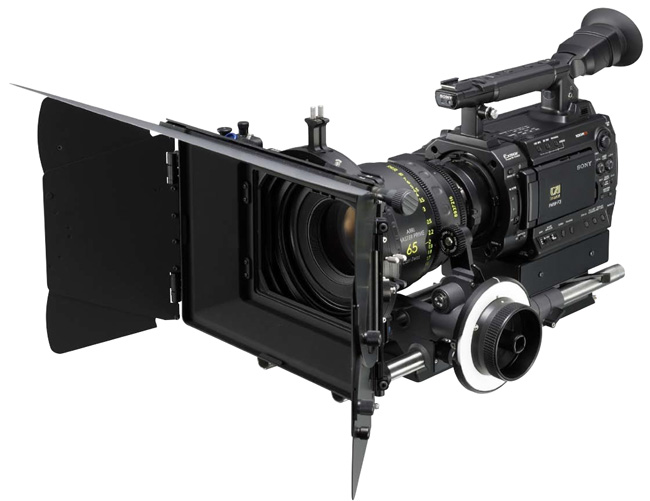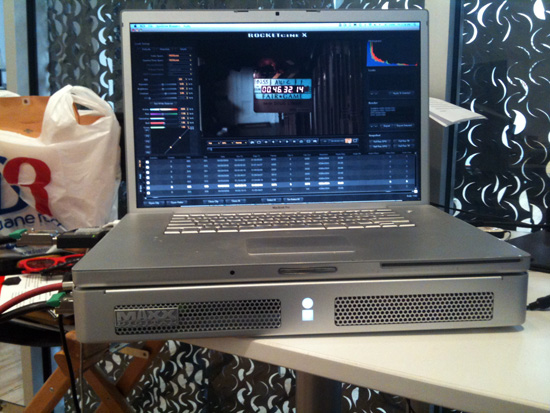Upcoming Sony Products: PMW-F3 & SR-R1 Deck
/Upcoming Sony Products: PMW-F3 & SR-R1 Deck
I briefly checked out the PMW-F3 camcorder at a Sony demo at B&H the other day and I'm pretty blown away. Sony has crammed so much flexibility and high quality into such a small and relatively affordable package that I'm wondering if they may end up cannibalizing their higher end business. In a lot of ways, this is the camera I've been waiting for since I first got involved in video over 10 years ago. Needless to say after seeing it firsthand, the seed's been planted and I want one bad!. There's no point in going over specs here as that info is already on every frickin' blog out there. I've said it before here but I'll say it again - what really excites me most about this camera is RGB (444) output and S Log gamma (to be available at a later date via upgrades). This a master quality video signal we're talking about here and to be able to get it from a tiny $16,000 camcorder with a Super 35 sized sensor and PL mount is huge to say the least. The XDCAM EX workflow is already very well understood and the fact that you can easily do a higher quality external recording while simultaneously recording to SxS cards opens the door for this camera to vastly different productions of all ranges of budget. I personally think it's going to be a massive hit in the pro video world and cannot wait to start working with it.
The other product that was discussed is the upcoming Sony SR-R1 deck - "the SRW-1 of solid state recorders." I've been hearing about this thing for awhile now and it won't actually be officially announced until NAB this year. It records in the same bit rates as HDCAM SR tape, "virtually uncompressed" HQ 880 and SQ 440 mbps but now has a 220 mbps option as well. It can do dual and single stream, has a bevy of 3D recording and monitoring options, and supposedly will be priced for purchase by users and not just rental companies unlike the SRW-1. It records onto these neat solid state data packs as seen below. Love it. A perfect compliment to the F3.
The F3 will hit the street in 3 short weeks and the SR-R1 probably by the summer. NAB is always cool but this may be the year to put in some face time. If anyone out there is interested in collaborating on covering the event, let's talk.
I recommend reading Jon Fauer's article for more thorough information on these products.
http://www.fdtimes.com/articles/sony/FDTimes-SonyF3-HiRez.pdf












 © 2021 Bennett Cain / All Rights Reserved /
© 2021 Bennett Cain / All Rights Reserved /